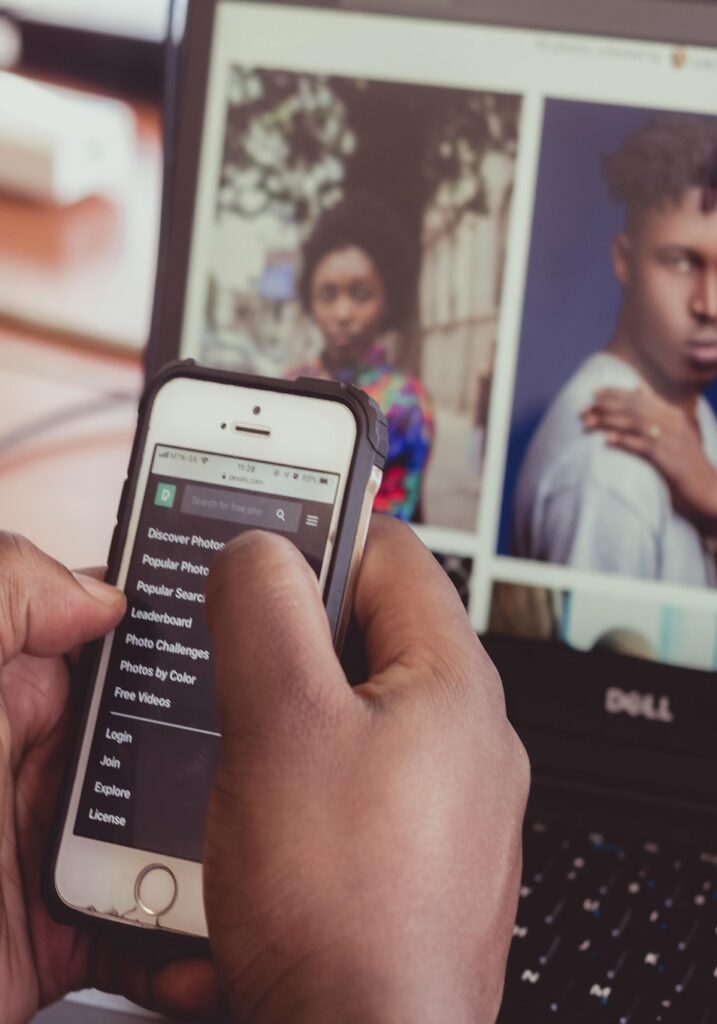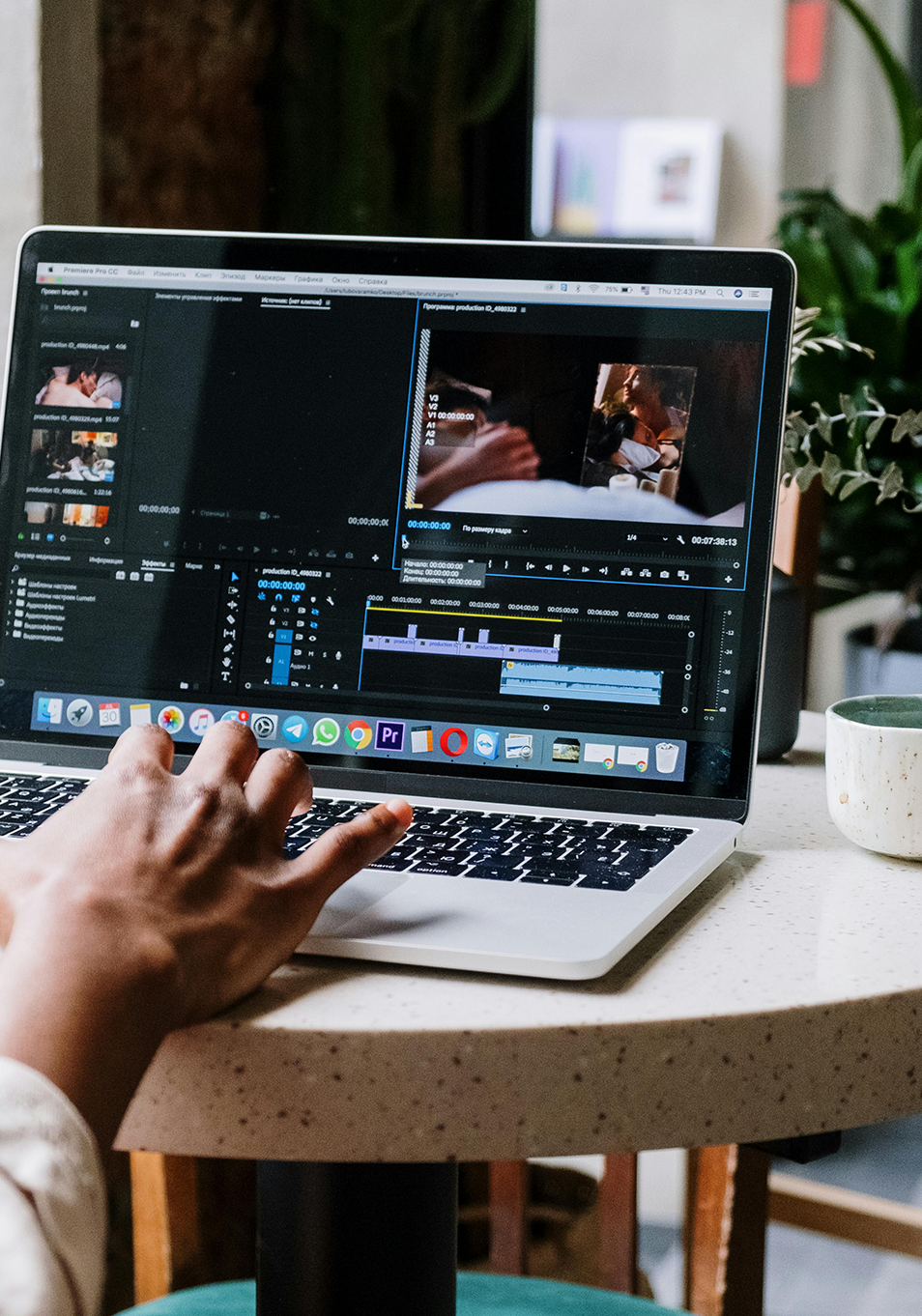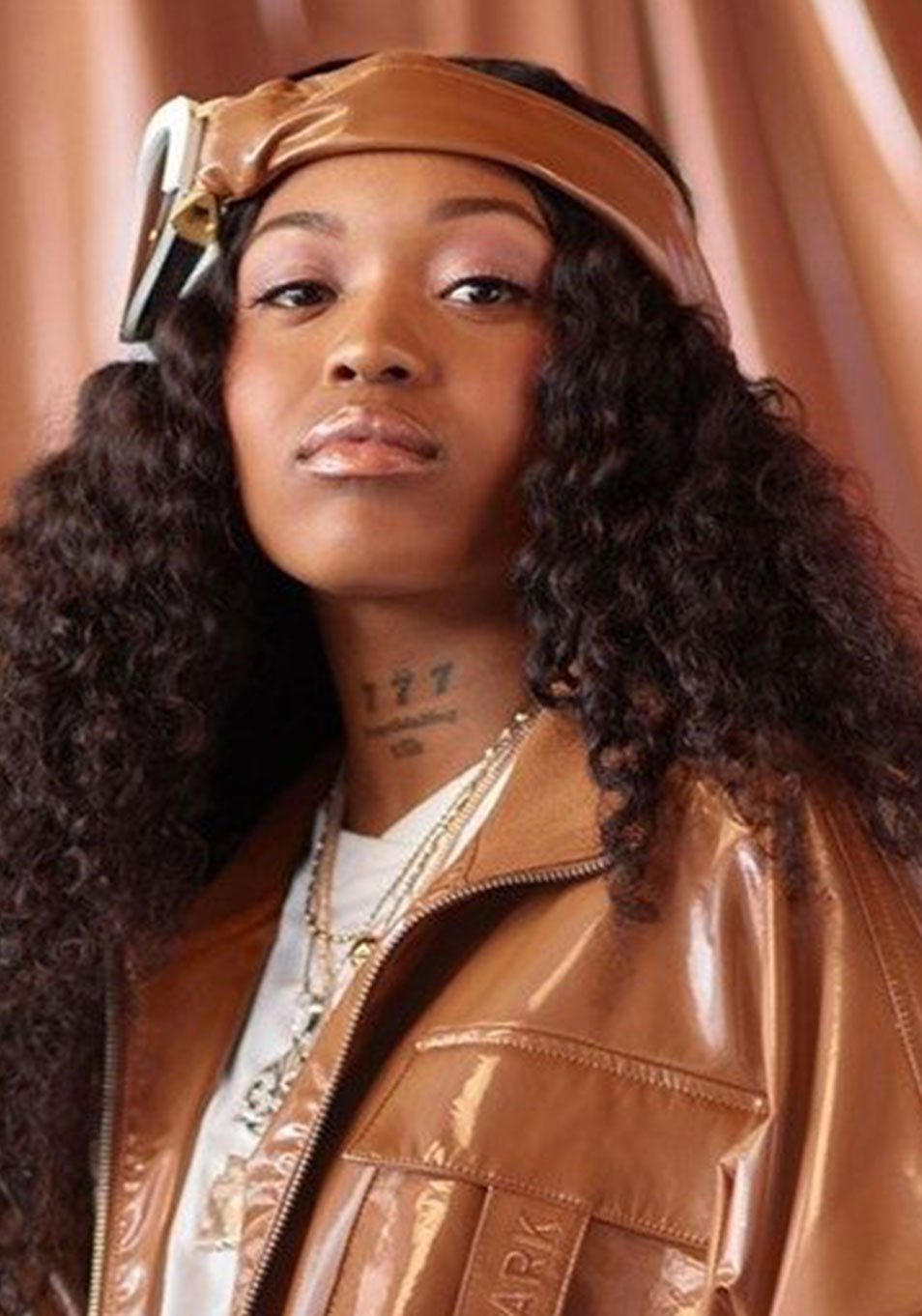Music and Brand Integrity on Social Media
In the race for viral content, many brands turn to trending music on platforms like TikTok and Instagram to elevate their social media presence, tirelessly trying to keep up with the everchanging trends and what is considered popular. But what might seem like a harmless fad-hopping tactic can quickly become a costly legal nightmare if music licensing isn’t handled correctly. Lately, several high-profile lawsuits have come to light, shining a spotlight on this growing issue, reinforcing the need for brands and agencies to take copyright compliance seriously in digital marketing campaigns.
The Risk of Using Trending Music Without Licensing
Social media campaigns that feature popular music can supercharge engagement, but if a brand posts content with unlicensed tracks, it risks being sued for copyright infringement. It’s the kind of legal headache that no brand wants to deal with: a successful campaign going viral while using the perfect track, only to be hit with a cease-and-desist, or worse, a lawsuit. It’s become an increasingly common story, music rights are complex, and enforcement is ramping up as record labels and publishers become increasingly vigilant to keep up with the fast-paced world of TikTok trends and Instagram reels.
Over the past year, a number of high-profile lawsuits have made it clear that using unlicensed music in social content, even for a few seconds, isn’t just risky, it’s reckless. One of the more prominent cases came in 2024, when Warner Music Group sued Crumbl Cookies, the popular U.S. brand that had become known for its upbeat TikTok videos featuring hit songs without the correct licenses. According to Warner, Crumbl used their music in over 600 posts, resulting in a systemic copyright violation, and the kind of thing that labels are prone to pursue in court.
Royalty-Free vs. Licensed Music: What Brands Need to Know
The best way to avoid copyright claims is to work with platforms that provide music specifically for branded content, offering one-stop music libraries with all the rights bundled in. That means no separate publisher negotiations, no calls to the label’s legal team, simply music you can use, globally and commercially.
Brands can also use the Meta and TikTok commercial music library which offer royalty free / pre-cleared music. Content creators can access these libraries when collaborating with brands.
That said, royalty-free music doesn’t always match the vibe of a trending track. If you’ve got your heart set on a specific song, you’ll need to license it directly from the rights holders, which typically means two separate negotiations: one with the label for the master, and another with the publisher for the composition.
Independent Artists: A Smarter Path for Brands?
Still, not every campaign needs a top40 hit. Some of the most successful branded content in recent years have used independent artists, who are often easier to work with, more affordable, and more willing to build partnerships with brands. In fact, many indie musicians see sync as a key revenue stream in a post-streaming world.
Why Music Supervision Matters for Digital Marketing
There’s nothing wrong with aiming for virality, just don’t let your next hit campaign turn into your next headline-making lawsuit. Whether you’re working with major labels, libraries or independent producers, the key is simple: don’t assume permission, you must secure it.
Talk to your legal team, a music supervisor, or contact Record-Play to make sure everyone involved knows how music rights work. To find out more about how music copyright works, check out one of our recent articles – Music Copyright Explained: How It Works & Why It Matters.




